Search
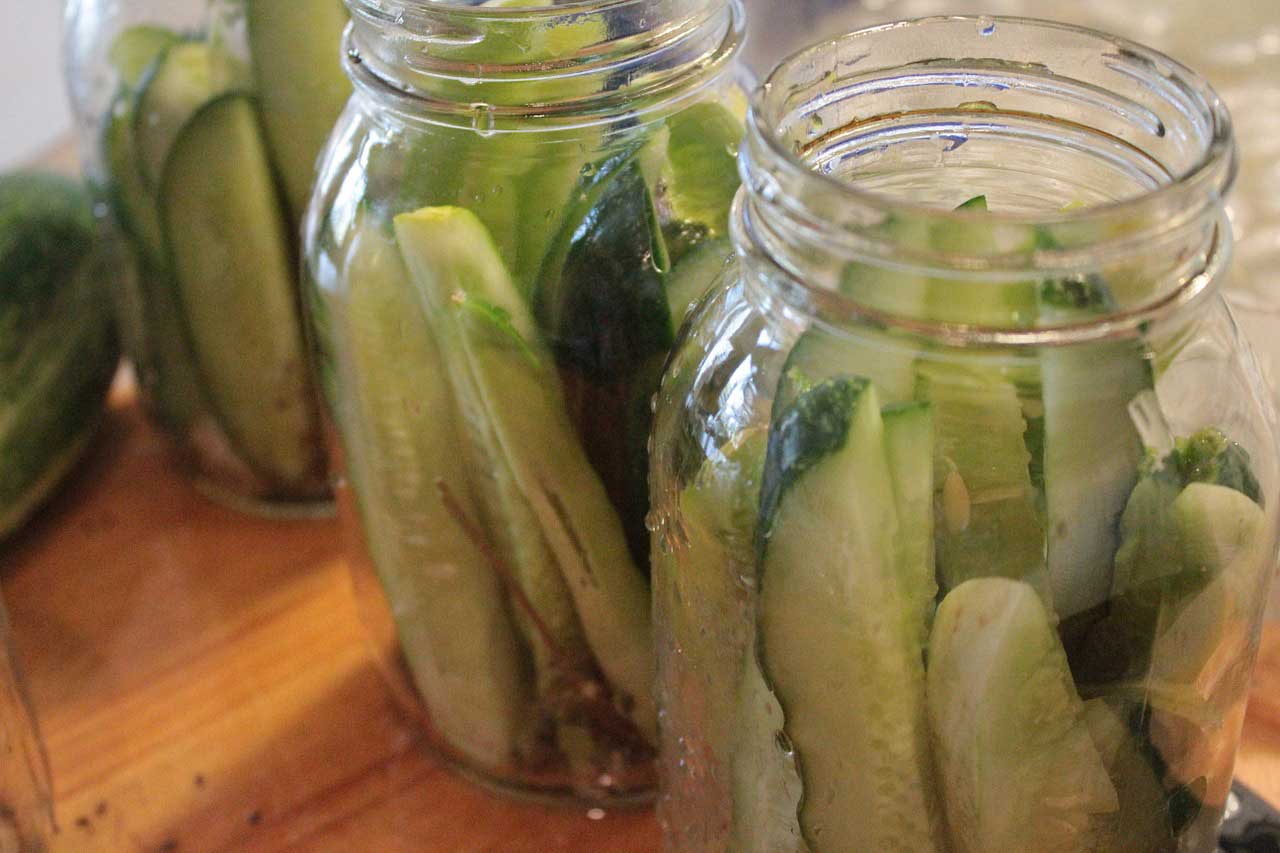
South Dakota Cottage Home Processing Food Safety
The Cottage Home Processing Food Safety course serves as the approved food safety training for HB1322.
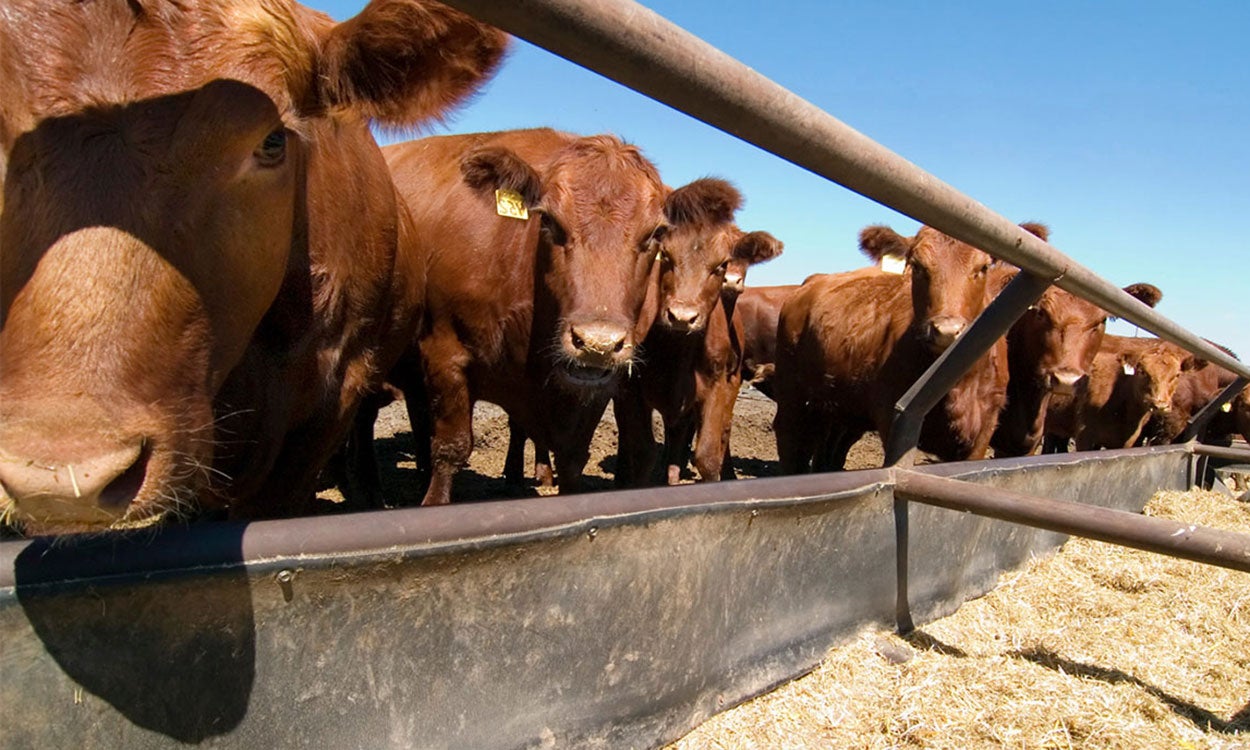
Concentrated Animal Feeding Operations training to be held March 29
March 06, 2023
South Dakota State University Extension, the South Dakota Department of Agriculture and Natural Resources, and the Natural Resources Conservation Service are offering an environmental training session for operators of Concentrated Animal Feeding Operations (CAFOs) on March 29 at the Crossroads Convention Center, 100 Fourth St. S.W., in Huron.

South Dakota pork producers have a chance to tell their story
March 14, 2023
South Dakota State University Extension is encouraging South Dakota hog farmers to join the Your Farm Sustainability Report, a Pork Checkoff-funded project.

South Dakota Licensed Kitchen Process
Interested in selling food products in a retail establishments? Licensed kitchens are the place to start. Learn the steps for building a licensed kitchen in South Dakota along with rules, regulations and guidelines for processing foods in existing licensed kitchens.

Can You Break the Hydro-illogical Cycle?
Regardless of the time of year, it is critical to start thinking about the next drought before we are in it. Learn some key strategies for breaking the Hydro-Illogical Cycle by leveraging drought motioning resources and creating a plan for your operation.
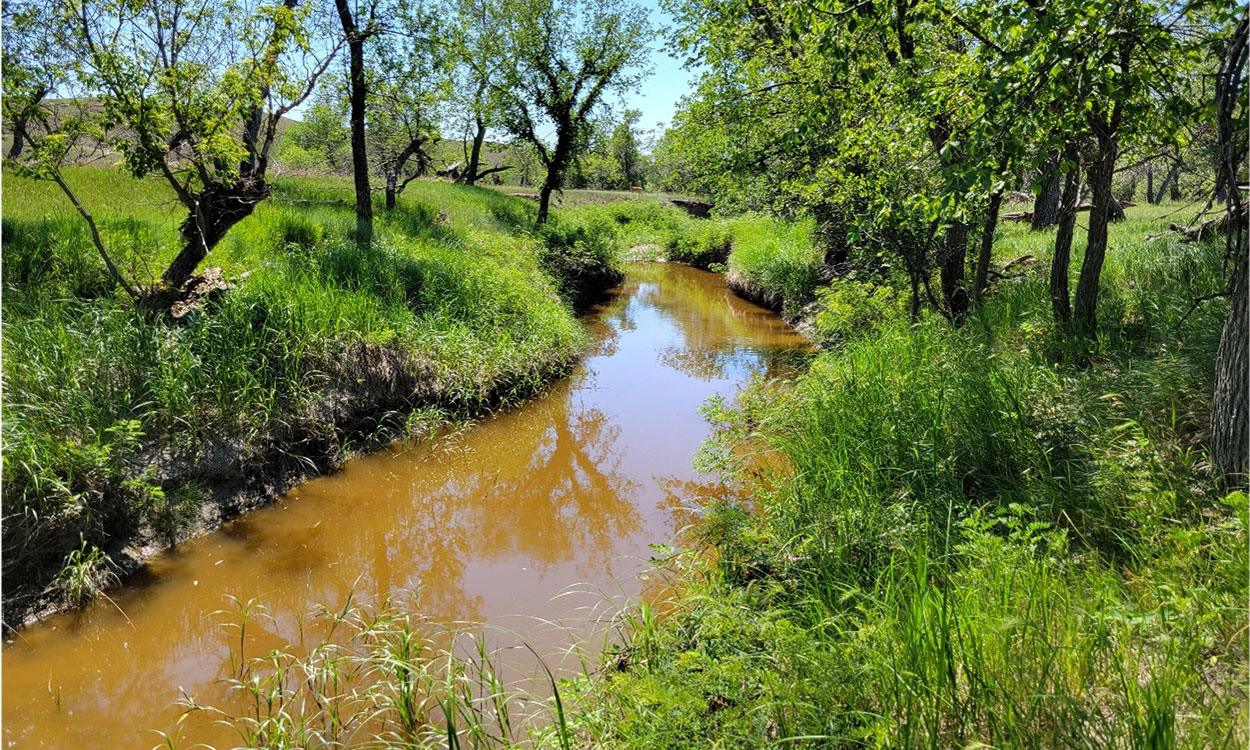
Ranching and Prairie Streams: Why Riparian Areas Matter
For many producers, riparian pastures are essential to their operations. However, land managers need to balance grazing and utilization needs with riparian health for the long-term benefit of their operation.

Egg Safety with Holiday Foods
Holiday traditions include making tasty treats from frosted sugar cookies to homemade ice cream. They are all delicious, but hidden bacteria could be lurking in uncooked eggs, so refrain from tasting raw cookie dough or cake batter. Even grade A eggs with clean, uncracked shells can be contaminated with Salmonella Enteritidis bacteria.
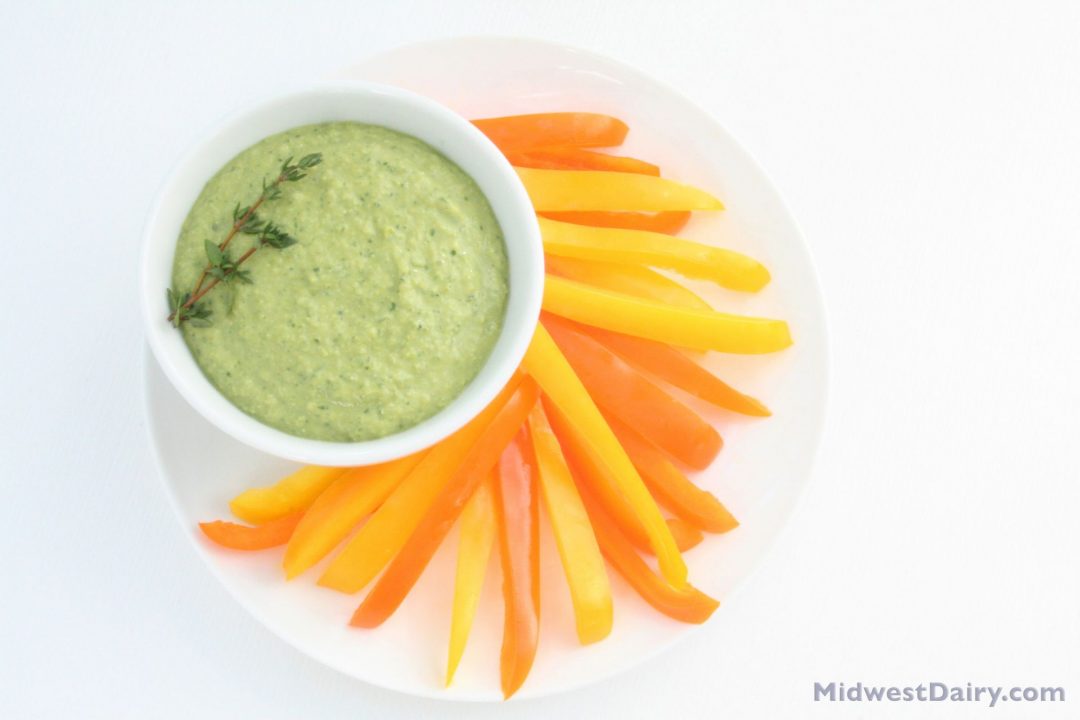
Fuel Up With Dairy to "Go Further with Food"
March is National Nutrition Month® and this year the Academy of Nutrition and Dietetics encourages Americans to "Go Further with Food." When it comes to food and nutrition, one thing most health professionals agree on is we could all benefit from eating more fruits and vegetables.
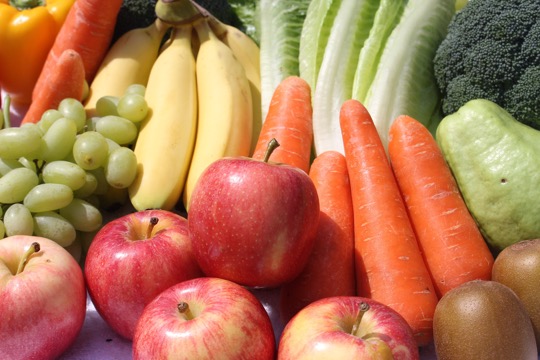
Getting Your Five Cups
“Eat your fruits and veggies!” You have probably heard this saying since you were a little kid and perhaps you are now telling your kids to do the same. There is a reason we are encouraged to eat our greens from a young age; these colorful foods are full of vitamins, minerals, and fiber. The USDA recommends adults consume two cups of fruits and three cups of vegetables per day.
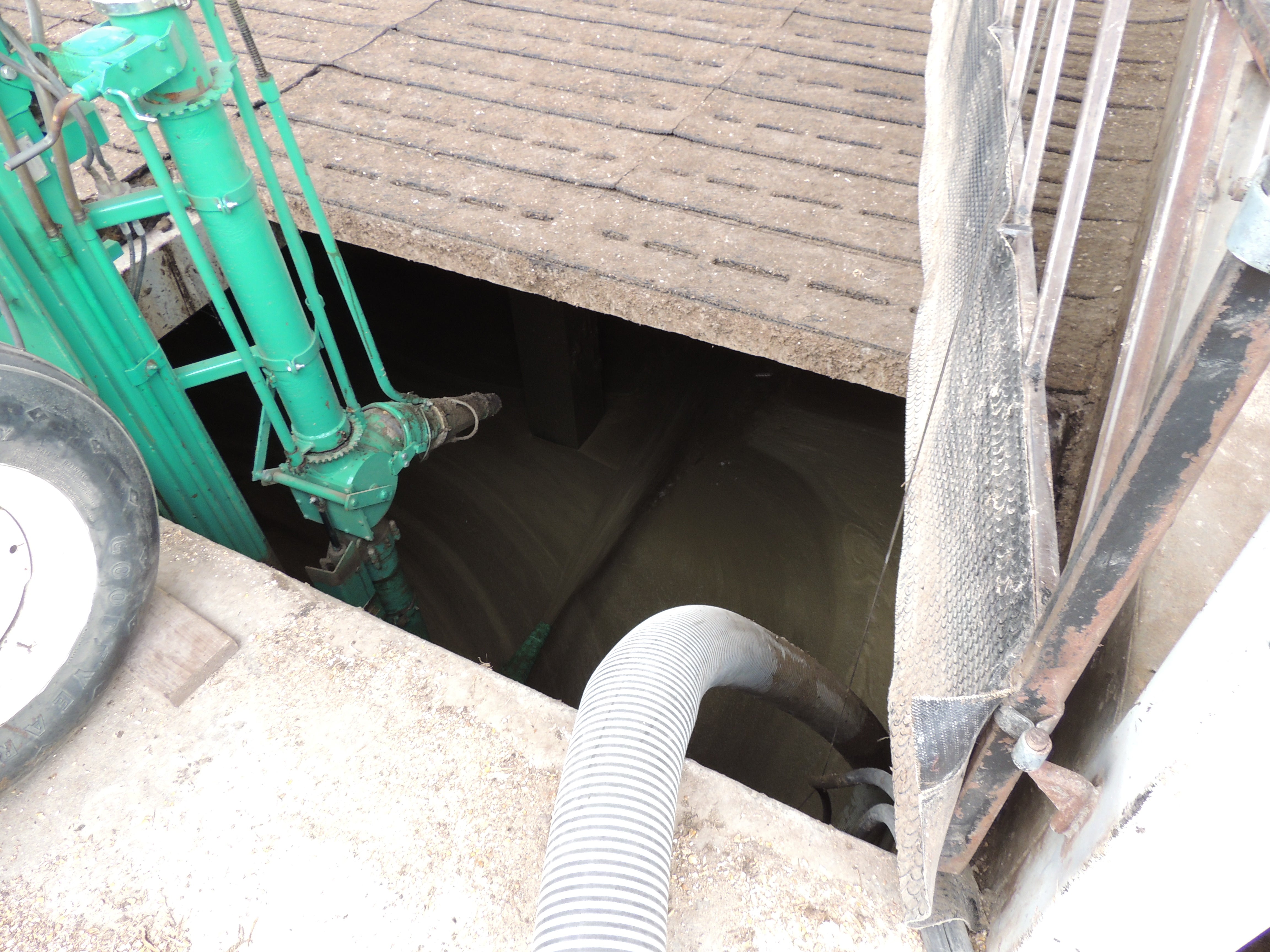
New Technology for an Old Problem
One of the last projects I was involved with as coordinator for the Lower James River Watershed Project was the installation of a deep pit monoslope barn for a feedlot operation near Alexandria, SD. A deep pit confinement barn is a manure storage system that employs slatted flooring with pit manure storage underneath.